Rising Demand for Natural Remedies
The homeopathy market is experiencing a notable increase in demand for natural remedies, driven by a growing consumer preference for holistic health solutions. Many individuals are seeking alternatives to conventional pharmaceuticals, which often come with side effects. This shift is reflected in market data, indicating that the homeopathy market in the US is projected to grow at a CAGR of approximately 12% over the next five years. Consumers are increasingly aware of the benefits of homeopathic treatments, which are perceived as safer and more effective for chronic conditions. This trend is likely to continue as more people prioritize wellness and preventive care, thereby expanding the customer base for homeopathic products.
Increased Focus on Preventive Healthcare
The homeopathy market is benefiting from a broader societal shift towards preventive healthcare. As healthcare costs continue to rise, individuals are becoming more proactive about their health, seeking out treatments that prevent illness rather than merely treating symptoms. This trend is supported by data showing that preventive healthcare spending in the US has increased by over 15% in recent years. Homeopathy, with its emphasis on treating the individual rather than just the disease, aligns well with this preventive approach. As more consumers recognize the value of maintaining health through natural means, the homeopathy market is likely to see sustained growth.
Growing Interest in Personalized Medicine
The homeopathy market is increasingly aligned with the growing interest in personalized medicine. Consumers are seeking treatments tailored to their unique health profiles, and homeopathy offers a personalized approach that resonates with this trend. Data suggests that the personalized medicine market is expected to reach $2 trillion by 2030, indicating a significant opportunity for homeopathy to capture a share of this expanding market. As healthcare becomes more individualized, the homeopathy market is well-positioned to meet the needs of consumers looking for customized health solutions.
Regulatory Support for Alternative Therapies
The homeopathy market is experiencing favorable conditions due to increasing regulatory support for alternative therapies. Various states in the US are implementing policies that recognize and promote the use of homeopathic treatments. This regulatory environment is crucial for the growth of the homeopathy market, as it enhances consumer confidence and encourages practitioners to incorporate homeopathy into their practices. Furthermore, the market is projected to reach a valuation of approximately $3 billion by 2027, indicating a robust future. As regulations continue to evolve, they may further legitimize homeopathy, attracting more consumers and practitioners alike.
Technological Advancements in Product Development
The homeopathy market is witnessing technological advancements that are enhancing product development and accessibility. Innovations in manufacturing processes and quality control are leading to more effective homeopathic remedies. Additionally, the rise of digital platforms is facilitating easier access to homeopathic products, allowing consumers to purchase remedies online with greater convenience. This technological evolution is expected to contribute to a projected market growth of around 10% annually. As consumers become more tech-savvy, the integration of technology in the homeopathy market is likely to play a pivotal role in shaping its future.


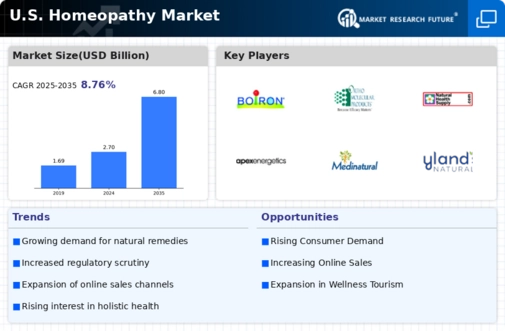
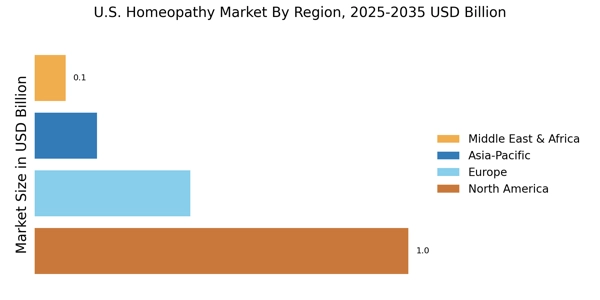
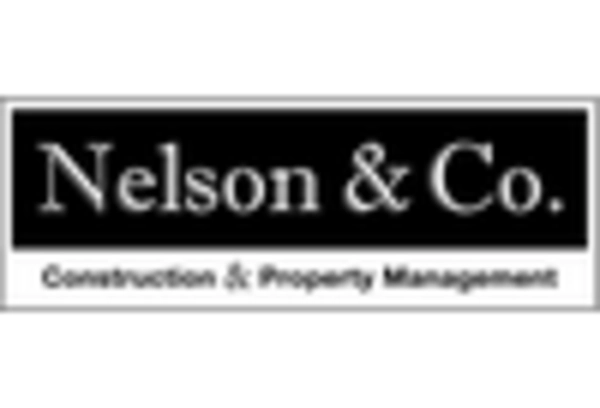



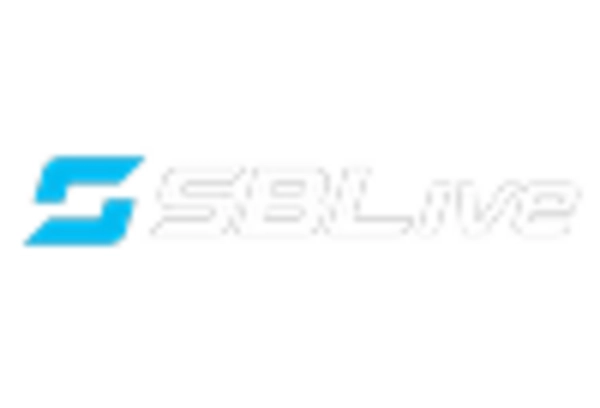
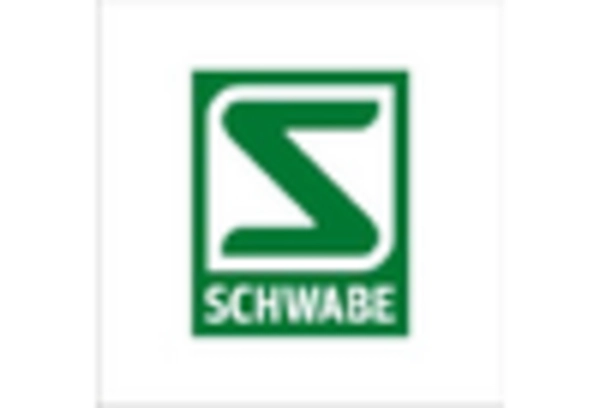








Leave a Comment